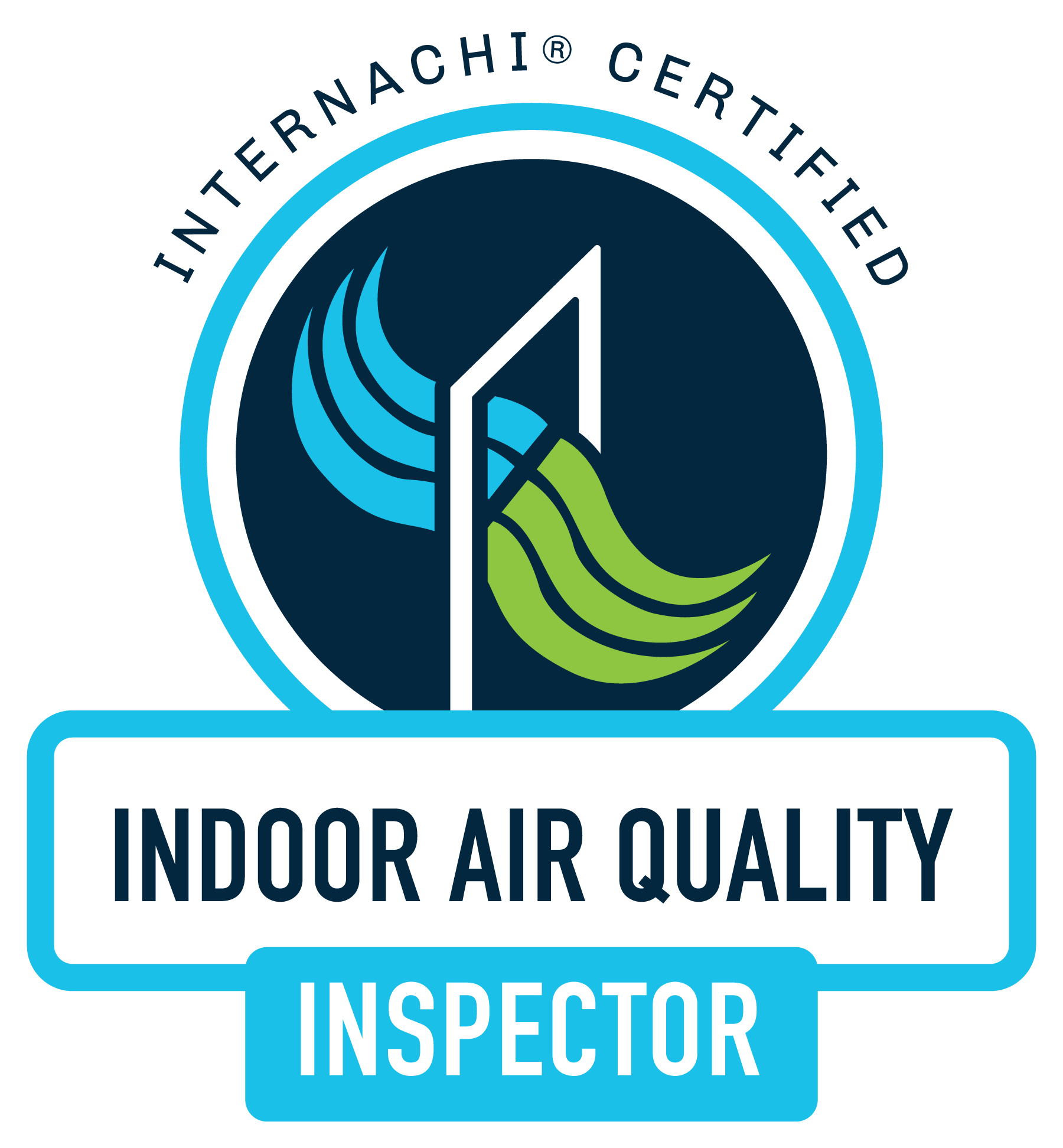
AIR QUALITY TEST

Indoor Air Quality (IAQ) Testing
The quality of indoor air can be negatively affected by a wide range of sources, but the focus of testing centers around mold. The word “mold” often leads people to imagine the toxic varieties that are very harmful and indicative of a water problem. However, there are 1,000’s of types of mold, and many of them can cause chronic allergic reactions that are easily mistaken for seasonal illnesses. Symptoms such as a runny nose, skin rashes, watery eyes, asthma, and sinus congestion can be caused by non-toxic varieties of mold in the home. Individuals with compromised immune systems can be more susceptible to these conditions when exposed to mold than the average person.
Crown Home Inspections is certified to perform full mold inspections and indoor air quality testing in Charlotte, NC and surrounding counties.
Schedule online or get an instant online quote.
About Radon (Rn)
Radon is a decay product of uranium and radium, which are naturally occurring elements within the Earth's crust. Trace amounts of Radon is found in in virtually all rock, water, and soil on Earth. Radon is ubiquitous in our environment, and generally harmless in these conditions.
However, when Radon is concentrated in tight spaces such as the interior of a building, it poses a cancer risk. Because Radon is completely tasteless, odorless, etc., it can pose a silent risk on our homes. Exposure to Radon is the second leading cause of lung cancer.
FUN FACT: The danger of Radon in homes was not discovered until the mid-1980’s, when a construction worker at a nuclear power plant kept tripping radiation alarms. The perplexing thing about this was that the plant was not operational. It did not have radioactive material. An investigation eventually found that the basement of his home was completely inundated with Radon. The concentration of Radon in his home had the equivalent affect of smoking 135 packs of cigarettes per day, effectively increasing his family’s chances of developing lung cancer by 14%.
Radon Heat Map
Below is a National Radon map published by the Environmental Protection Agency (EPA). It categorizes each county by level (1-3). The Piedmont region of North Carolina is known to have hot spots, where one home may have no issue at all with Radon while the home next door has concentrated levels that require mitigation.
Radon In Homes
There are 4 primary ways that Radon enters a home:
Cracks / Openings in the Foundation
Construction Joints
Service Pipes
Water Supply (particularly well water)
The difference in air pressure between the inside of a building and the surrounding soil can also draw radon into the home.
Important: Radon is capable of getting into a home regardless of its foundation type (slab, basement, crawl space).
Helpful Resources
See below links for more information on Radon in homes:
Federal Radon Action Plan (FRAP)






